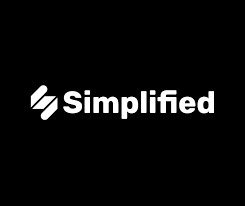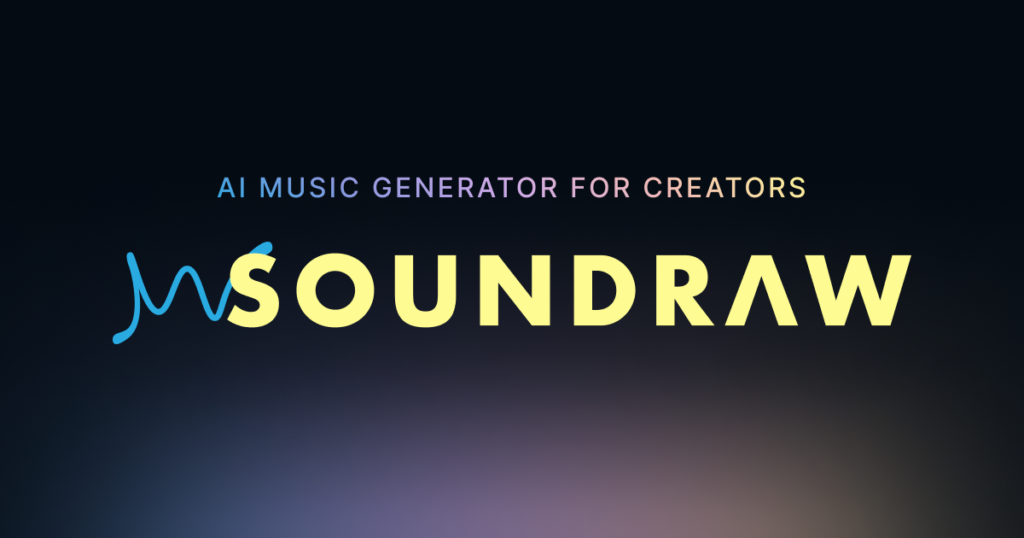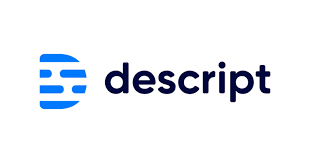Conversational AI has recently changed how we interact with technology, allowing for frictionless interaction between humans and robots. One of the first models in this sector, ChatGPT, which is powered by OpenAI’s GPT-3.5 architecture, has drawn a lot of attention for its capacity to produce responses that are human-like and involve users in engaging dialogues. However, as the discipline of natural language processing progresses, scientists and programmers are continuously pushing the envelope to produce even better substitutes for ChatGPT.
In this article, we set out on a quest to investigate the cutting-edge innovations that have arisen as strong competition for ChatGPT. These new models not only fix some of the flaws in their predecessors but also present fresh ideas for conversational AI.
ChatGPT
The journey started in June 2018 with the introduction of the initial iteration, GPT. GPT was trained on a massive corpus of online content and displayed outstanding language production capabilities. In February 2019, OpenAI launched GPT-2, building on the success of GPT. With 1.5 billion parameters and a significantly larger model, GPT-2 was able to produce even more text that was contextually relevant and coherent. In the development of the GPT series, a crucial turning point was reached with the release of GPT-3 in June 2020. GPT-3’s astounding size, with 175 billion parameters, astounded the AI community. GPT-3’s enormous scale enabled it to reach previously unheard-of performance in a variety of linguistic tasks, including chat-based interaction.
Researchers and programmers are looking at improved alternatives to ChatGPT as the field of natural language processing continues to advance. These solutions seek to overcome the drawbacks of earlier models, deal with biases, boost context awareness, and increase response quality. To deliver more precise, dependable, and individualized conversational experiences, they make use of cutting-edge methodologies and systems.
Now, we are going to present some better alternatives to ChatGPT
1. Simplified

Simplified is a flexible AI tool tailored to meet unique business requirements, making it useful across many industries. Simplified may simplify and automate complicated tasks, saving time and effort for people and organizations, whether it is data analysis, content development, customer support, or project management.
A critical component of contemporary company operations is data analysis. Simplified uses cutting-edge machine learning methods to mine massive datasets for insightful information. Large volumes of data can be processed and analyzed quickly, allowing it to spot patterns, trends, and connections that might otherwise go missed. Organizations are able to make data-driven decisions more quickly as a result, which enhances strategic planning and boosts overall business performance.
By utilizing natural language processing (NLP) techniques to produce top-notch material, Simplified provides a potent alternative. Simplified’s AI skills can create content that adheres to specific brand criteria while also assuring grammatical accuracy and relevance, writing engaging blog posts, or creating captivating social media captions.
It is a crucial asset for firms looking to gain a competitive edge in today’s fast-paced world due to its capacity to simplify data analysis, produce high-quality content, improve customer service, and optimize project management. Tools like Simplified, which enable people and organisations to succeed more easily and accurately as AI technology advances, reflect the future of work.
2. RunwayML
A user-friendly platform called RunwayML enables creators to delve into the endless possibilities of AI-generated content. It provides an accessible interface for individuals with minimal coding experience to harness the power of AI models and algorithms. Artists can easily incorporate AI capabilities into their creative workflow by utilizing the tool’s intuitive design and large library of pre-trained models.
RunwayML’s broad selection of AI models and applications is one of its key differentiators. The platform offers a variety of models specifically created for each creative area, whether you’re interested in picture development, style transfer, music composition, or even natural language processing. This versatility enables users to experiment with diverse artistic styles, effortlessly integrate different approaches, and explore unexpected possibilities.
Additionally, RunwayML fosters a thriving and cooperative community, acting as a meeting place for artists and technologists to collaborate, share ideas, and be inspired by one another. The platform’s collaborative features encourage users to collaborate on projects, collectively pushing the boundaries of what is creatively achievable with AI.
3. Poised

An innovative software program created to harness the potential of automation and AI is called the Poised AI Tool. It provides a complete solution for enterprises by combining natural language processing (NLP), machine learning (ML), and robotic process automation (RPA) capabilities. The technology enables organizations to augment human decision-making processes, automate repetitive procedures, and draw insights from unstructured data.
Benefits and Features
Intelligent automation: Poised AI Tool’s intelligent automation of time-consuming and repetitive processes frees up human resources so they may concentrate on more strategic and complex work. The tool can precisely and accurately carry out a variety of tasks, including data entry, report production, and information retrieval, by replicating human actions.
Natural Language Processing (NLP): The Poised AI Tool has the ability to comprehend and decipher human language. It has the ability to analyze textual data, extract pertinent data, and offer insightful information. In comparison to how long it would take humans to process huge volumes of unstructured data manually, such as customer reviews, social media posts, and research papers, organizations can now analyze massive volumes of unstructured data.
Machine Learning: The Poised AI Tool uses machine learning (ML) techniques to learn from past data and enhance its performance over time. On the basis of the data it has analyzed, it may identify trends, anticipate the future, and produce recommendations. This enables firms to make well-informed decisions, streamline procedures, and find untapped development potential.
Enhanced Decision Making: Organisations may make data-driven decisions with more assurance by utilizing the insights produced by the Poised AI Tool. The application gives stakeholders access to real-time analytics and a comprehensive understanding of their operations by presenting actionable information in an easy-to-use format. This enhances decision-making procedures and boosts operational effectiveness.
4. Soundraw.io

An AI-powered music production tool called Soundraw.io fuses the greatest aspects of human creativity with the powers of artificial intelligence. It provides a simple and user-friendly interface that allows artists, producers, and composers to quickly construct high-caliber, creative works. Soundraw.io offers a platform that is available for limitless creative possibilities to musicians of all skill levels, whether they are seasoned professionals or aspiring artists.
Automatically generating melodies and harmonies is one of Soundraw.io’s core capabilities. The AI analyses a huge quantity of musical data, including melodies, chord progressions, and rhythms from many genres and styles, using sophisticated algorithms and deep learning approaches.
Users of Soundraw.io can explore many musical genres and try out different musical aspects thanks to the site’s large selection of instrumental and stylistic possibilities. The application offers a wide variety of sounds to choose from, ranging from symphonic arrangements to electronic beats, from acoustic instruments to synthesized sounds. Users can easily adjust and change these components to fit their preferences and produce music that expresses their individual aesthetic and creative voice.
Soundraw.io is a flexible solution that easily fits into existing workflows because it connects with well-known digital audio workstations (DAWs) and music production applications. Users can export their compositions in a variety of file formats and simply import them into the DAWs of their choice for additional editing and production. This integration makes it possible for artists to easily bring their ideas to life by ensuring a seamless transition from the initial composition stage to the final production stage.
5. Descript

A comprehensive platform called Descript AI Tool makes it easier to manipulate audio and video assets. It is a great tool for both experts and beginners due to its intuitive UI and strong AI capabilities. Users can easily conduct actions like chopping, rearranging, and removing portions of the content by importing their media files into Descript. Real-time transcription is a function of Descript that automatically creates text from audio and video. Users can modify the text instantly, which improves the editing process.
The creative editing method used by Descript goes beyond its AI transcription capabilities. Descript allows users to change their media files by editing the accompanying text transcript because it treats audio and video material as text. This innovative feature offers an unmatched level of editing accuracy and simplicity. Descript also makes it simple to collaborate by enabling many users to edit the same project at once, with updates being seamlessly synced across all platforms.
Descript AI Tool expands its ability to include video editing in addition to audio editing. By utilizing AI transcription, users can edit video files, making it simple to add or remove segments, reorganize the material, or change the soundtrack. The text-based method used by Descript for video editing accelerates the procedure and offers a higher level of accuracy and efficiency.
Conclusion
It’s crucial to evaluate each alternative’s special features, capabilities, and usefulness for particular use cases when comparing it to other creative AI tools and platforms like RunwayML, Poised, Descript, Soundraw.io, and a condensed version of ChatGPT. In conclusion, the user’s individual needs and preferences ultimately determine the choice of alternative tools and platforms. The best alternatives for various creative AI applications can be found by investigating a range of solutions, taking into account their functionality, ease of use, available models, and community support.
FAQs
Is LamDA superior to ChatGPT ?
If you're seeking for a conversational chatbot for customer assistance scenarios, LaMDA would be your best choice. However, if you require an AI chatbot for a Q&A platform or for research, ChatGPT would be a better choice. The outcome of a chatbot ultimately depends on what you want from it.
Full Form of ChatGPT ?
Chat Generative Pre-trained Transformer .
Who founded ChatGPT ?
An artificial intelligence research company called OpenAI employed a group of scientists to create the first GPT (Generative Pre-trained Transformer) model. In particular, Dario Amodei, Sam Altman, Wojciech Zaremba, and Ilya Sutskever contributed to the creation of GPT-3, the model on which ChatGPT is based.


Comments on “Better Alternatives to ChatGPT -2023”